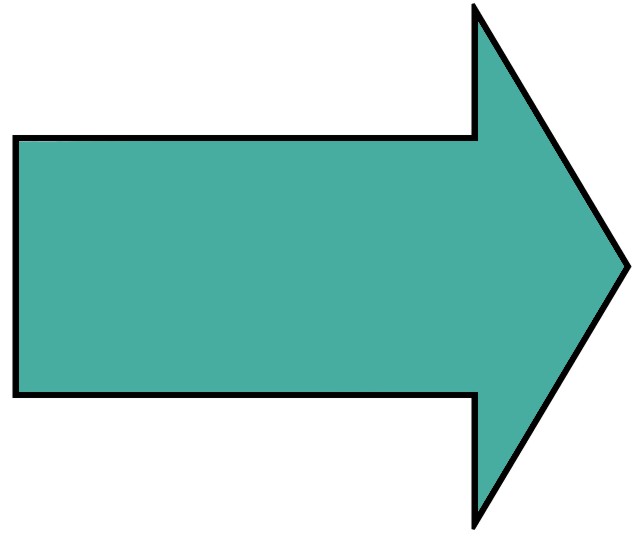By the time we get back from the spring, we’re starving. The problem is that even though there are some small restaurants nearby, they only take cash, and I don’t have any. We have to drive a little way before we find a place that takes credit cards.
Even though the restaurant is clean and the food seems good, eating here pushes our comfort zone. We’ve heard so many warnings about being careful of food and beverages here so we don’t get sick. The last thing we want to do is ruin the rest of our vacation by eating the wrong thing.
The meal isn’t the only attraction at the restaurant. Outside, a woman is working on wool to make tapestries and clothing. The owner tells us a little about the process while we watch the woman work.
First, the wool has to be carded to get rid of impurities and make it easier to work with. Once the wool is prepared, it’s dyed with cochinilla. Cochinilla is partly water and partly a paste made from, believe it or not, bugs! The locals gather the insects, cochineals, from the cacti the bugs eat, and then leave them to dry out in the sun before grinding them for use in making the red dye that gives a vibrant color to tapestries and fabrics made in the area. Even though chemical dyes might be easier to use, cochinilla is much safer and friendlier to the environment.
Making tapestries this way, as the ancestors of this region’s current residents did, takes a long time. After the wool is carded, it has to soak in clear water while a pot of water is heated to boiling. When it’s boiling, the wool is put into it along with the cochinilla and some other materials that help the dye stick to the wool. The wool has to stay in the boiling water for at least an hour, and then it’s hung up overnight to dry. The next day, the wool is rinsed in clear water, and then it has to be hung up to dry for another two to three days before it’s ready to weave.
When the wool is finally ready, it’s woven into the beautiful fabrics and tapestries sold by the residents to tourists and visitors to the area. Even though the process takes a long time, the locals are using techniques that have existed for hundreds of years, and tourists are able to get an authentic piece of Mexico. We bought some tapestries to bring home as souvenirs of our visit to this part of the country.
the first restaurant back from the mountains that takes credit
cards. How's that for a definition of where "civilization" starts? Man,
this is really on the edge of what Amy and I feel comfortable
eating. If we get sick here it could blow the vacation.
Click prev or next to continue Johnny Monsarrat Mexican Trip.







